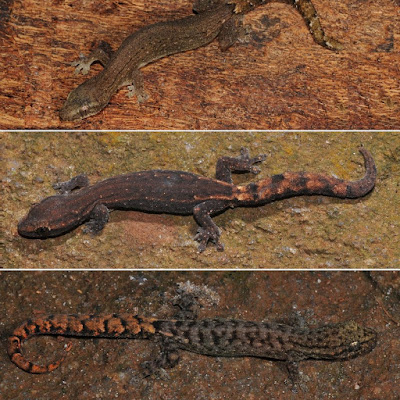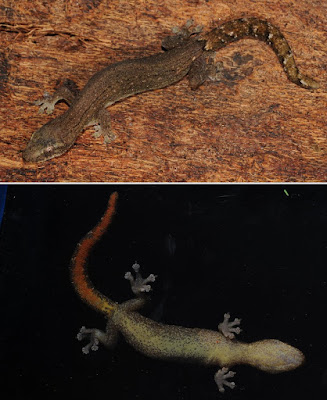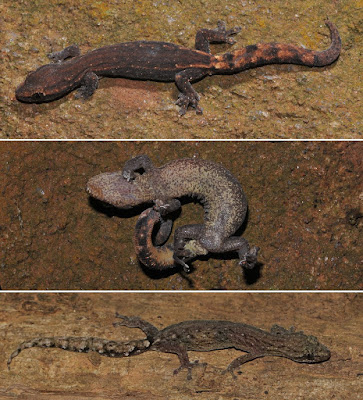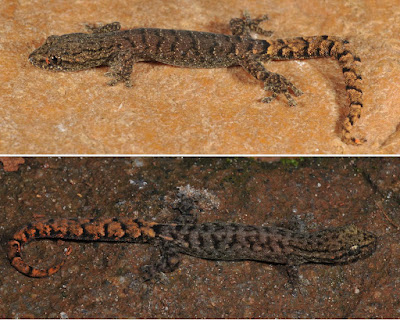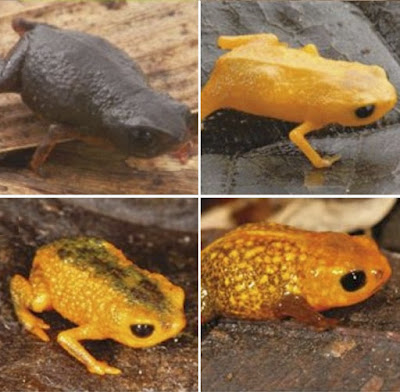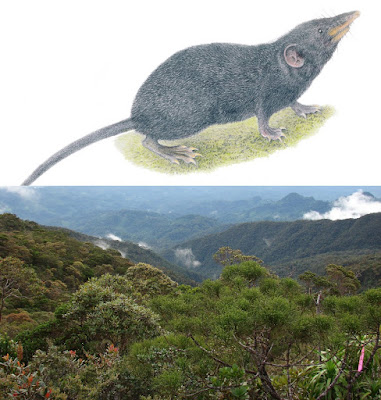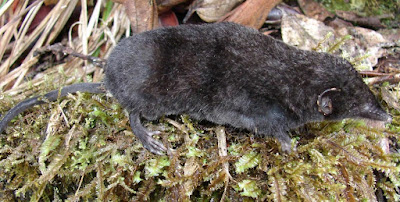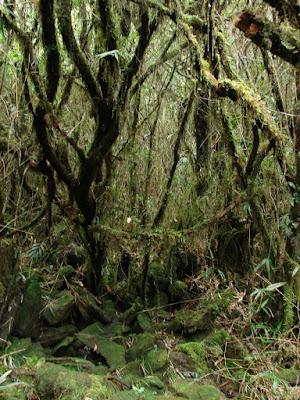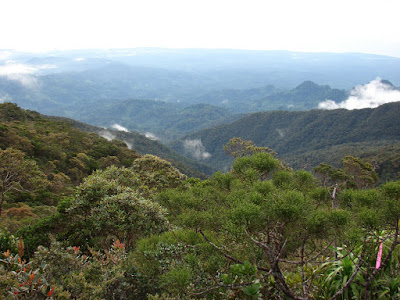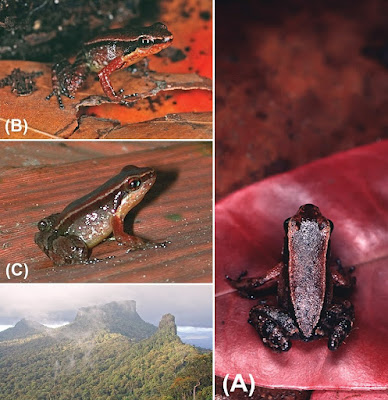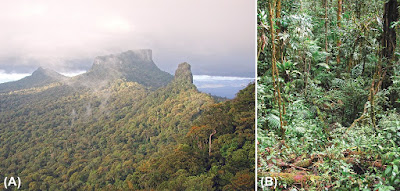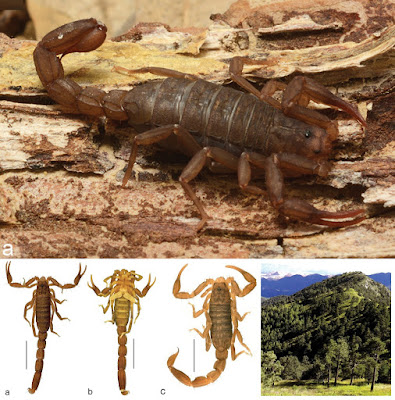 |
| Uropsilus sp. in Wan, He, Jin, et al., 2018. DOI: 10.1111/jbi.13401 |
Abstract
Aim:
The drivers of extraordinary species diversity and endemism in biodiversity hotspots remain elusive. To identify such drivers, it is necessary to understand the origin of allopatric cryptic diversity that formed as an important part of the biodiversity in low‐latitude montane areas. Here, we test hypotheses regarding the patterns and processes that underlie the diversity of Asian shrew‐like moles (Uropsilus, Uropsilinae, Talpidae), which exhibit strikingly high cryptic diversity. Specifically, we test the hypotheses that niche conservatism and complex topography explain the largely cryptic diversification of these small montane mammals.
Location:
The mountains of Southwest China (MSC), which are a biodiversity hotspot, and adjacent areas.
Materials and methods:
A total of 186 specimens that include all seven species of Uropsilus were collected from key geographical areas of the MSC. One mitochondrial and six nuclear genes were sequenced for phylogenetic and phylogeographical analyses. We reconstructed the phylogeny and delimited species boundaries within Uropsilus using multiple methods. We also tested the hypothesis of phylogenetic niche conservatism and examined the effect of topography on genetic divergence. Furthermore, we implemented a hierarchical examination of spatial‐temporal dynamics in our study system.
Results:
Phylogenetic and species delimitation analyses discovered vastly more cryptic diversity than had been identified in morphology‐based taxonomy. Significant niche similarity between sibling phylogroups was detected and the genetic structure of Uropsilus accorded well with the topography of the MSC. Relatively stable biogeographical diffusion and demography, as well as in situ persistence during the last glacial cycle, were detected.
Main conclusions:
Our analysis indicates that much genetic diversification has occurred without evident niche divergence; hence topographical diversity has provided strongly geographical isolation and ecological gradients which reinforce niche conservatism for sedentary organisms. Cryptic species, as the consequence of a lack of variability in the traits, is attributed to stabilizing selection by the optimal ecological and/or climatic envelopes over evolutionary time‐scales. Our findings indicate that global biodiversity in certain areas could be underestimated. Analyses of other biological systems can determine the universality of niche conservatism in the mountains of Southwest China.
KEYWORDS: Asian shrew-like moles, cryptic diversity, mountains of Southwest China, niche conservatism, phylogeography, sky islands, Uropsilus
Tao Wan, Kai He, Wei Jin, Shao‐Ying Liu, Zhong‐Zheng Chen, Bin Zhang, Robert W. Murphy and Xue‐Long Jiang. 2018. Climate Niche Conservatism and Complex Topography Illuminate the Cryptic Diversification of Asian Shrew‐like Moles. Journal of Biogeography. DOI: 10.1111/jbi.13401
---------------------------------------------------------------
روابط التحميل والمشاهدة، الروابط المباشرة للتحميل
او
شاهد هذا الفيديو القصير لطريقة التحميل البسيطة
كيف تحصل على مدونة جاهزة بآلاف المواضيع والمشاركات من هنا
شاهد قناة منتدى مدونات بلوجر جاهزة بألاف المواضيع والمشاركات على اليوتيوب لمزيد من الشرح من هنا
رابط مدونة منتدى مدونات بلوجر جاهزة بآلاف المواضيع والمشاركات في أي وقت حــــتى لو تم حذفها من هنا
شاهد صفحة منتدى مدونات بلوجر جاهزة بألاف المواضيع والمشاركات على الفيس بوك لمزيد من الشرح من هنا
شاهد صفحة منتدى مدونات بلوجر جاهزة بألاف المواضيع والمشاركات على الفيس بوك لمزيد من الشرح من هنا
تعرف على ترتيب مواضيع منتدى مدونات بلوجر جاهزة بآلاف المواضيع والمشاركات (حتى لا تختلط عليك الامور) من هنا
ملاحظة هامة: كل عمليات تنزيل، رفع، وتعديل المواضيع الجاهزة تتم بطريقة آلية، ونعتذر عن اي موضوع مخالف او مخل بالحياء مرفوع بالمدونات الجاهزة بآلاف المواضيع والمشاركات، ولكم ان تقوموا بحذف هذه المواضيع والمشاركات والطريقة بسيطة وسهلة. ــــــــــــــــــــــــــــــــــــــــــــــــــــــــــــــــــــــــــــــسلامـ.





